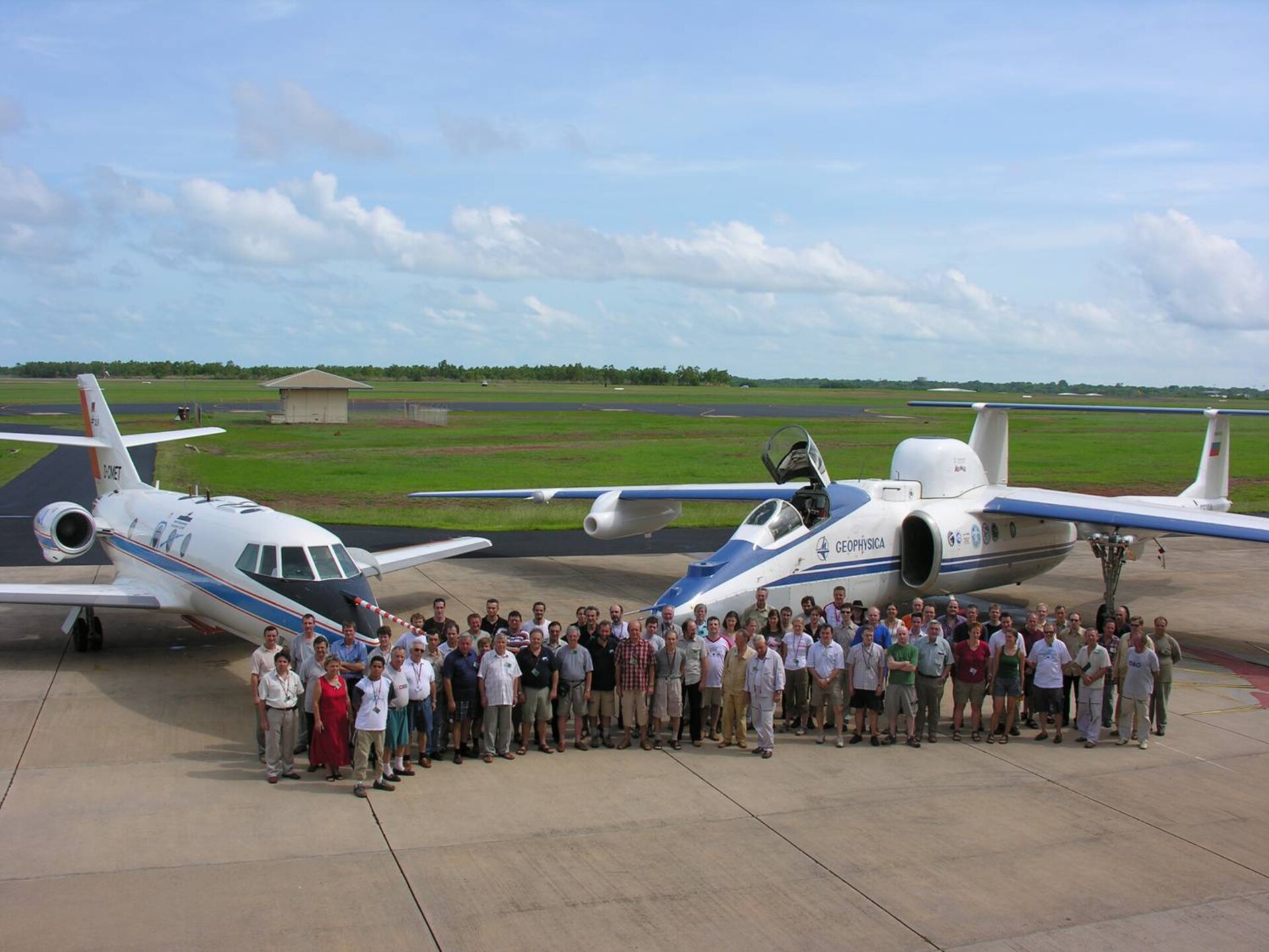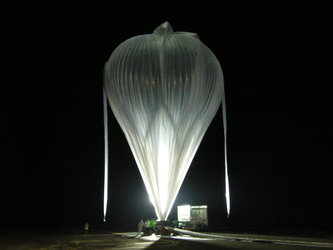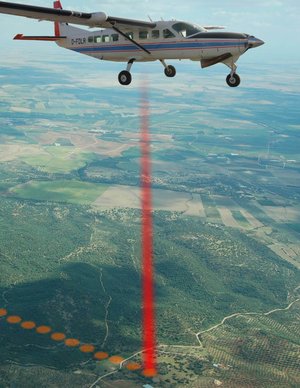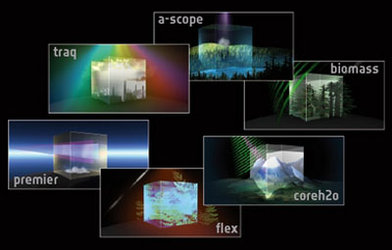High-altitude aircraft help unravel complexities of atmosphere
Aircraft capable of flying
20 km above the surface of the Earth are being used to test instruments that could be carried on satellites to improve our understanding of how atmospheric chemistry and climate are linked. These types of high-altitude experiments support the candidate Earth Explorer PREMIER mission.
PREMIER (PRocess Exploration through Measurements of Infrared and millimetre-wave Emitted Radiation) is one of the six candidate Earth Explorer missions that have just completed assessment study. The mission concept, along with the other five, will be presented to the science community at a User Consultation Meeting in Lisbon, Portugal on 20-21 January. Subsequently, ESA's Programme Board for Earth Observation will select up to three missions for the next step of the implementation cycle (feasibility study). Following a further down-selection, this will lead to ESA's seventh Earth Explorer mission – envisaged to launch around 2016.
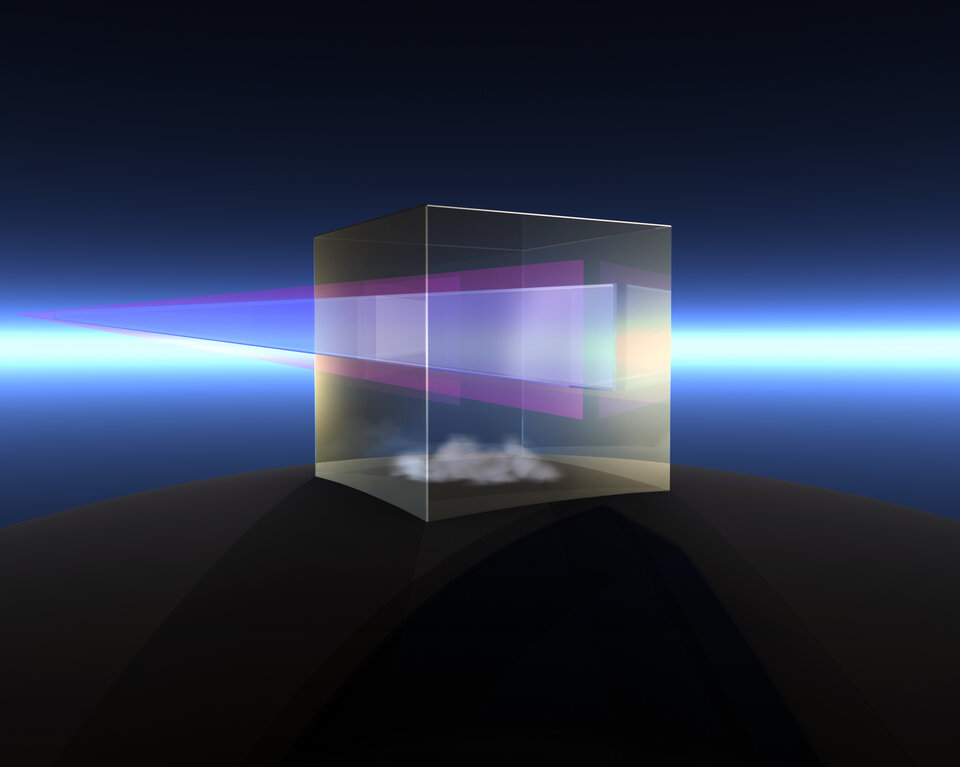
Through absorption, emission and scattering, greenhouse gases and aerosols interact with electromagnetic radiation and influence the Earth's climate. The abundance and distribution of trace gases and aerosols is controlled by complex chemical transformations and dynamic processes that are currently not accurately understood. One of the main challenges in climate-change research is to improve our knowledge of these atmospheric chemical processes and how they are linked to climate. There is therefore a need for better representation of the processes in present day chemistry-climate models that aim to predict our climate for the decades and centuries ahead.
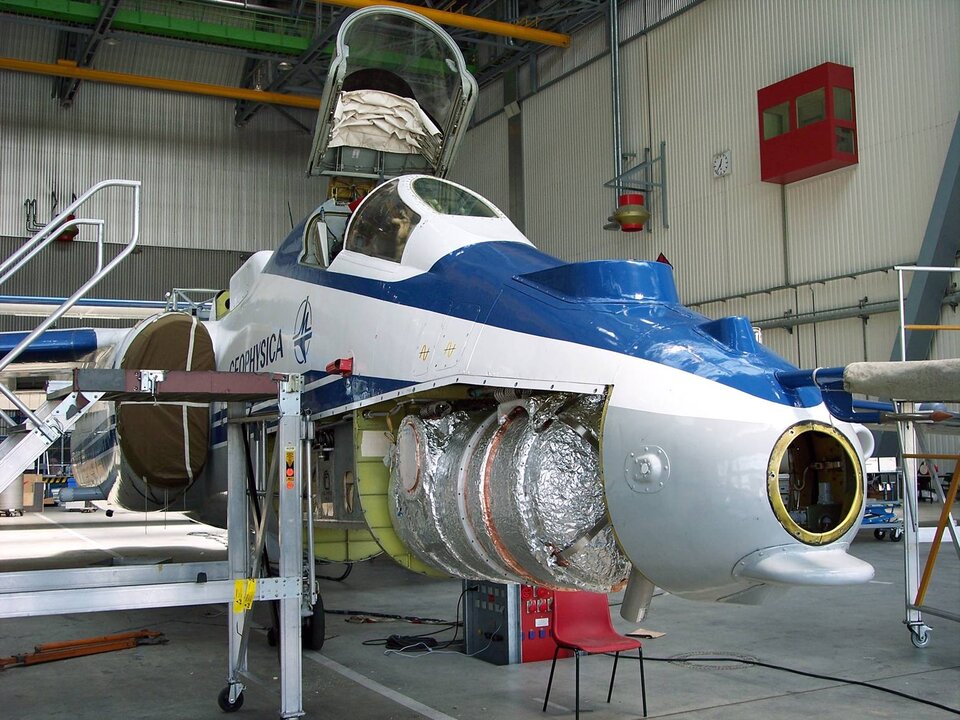
In response to this need, the PREMIER candidate mission aims to quantify the processes that control the composition of the mid to upper troposphere and lower stratosphere – which equates to 5–25 km above the surface of the Earth. This region of the atmosphere is particularly important for climate studies because it is where the atmosphere cools to space and where it is most sensitive to changes in the distribution of radiative gases and clouds. Through the transport of water vapour, ozone, methane, clouds and aerosols, this region is host to numerous important interactions between the composition of the atmosphere and climate.
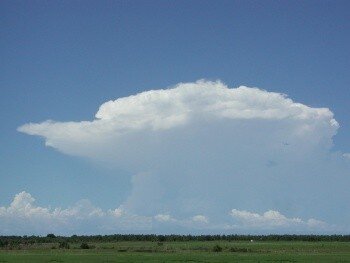
PREMIER will address these issues by measuring temperature, water vapour and a large number of trace gases such as ozone and methane at high spatial resolution. The proposed mission concept employs two innovative instruments – an infrared imaging spectrometer and the first millimetre-wave sounder optimised for the upper troposphere. These instruments are based on proven heritage used on earlier missions such as the millimetre-wave radiometer on the Swedish Odin satellite, which is now an ESA Third Party mission, and the MIPAS (Michelson Interferometer for Passive Atmospheric Sounding) instrument on Envisat.
In support of the development of the PREMIER concept, a number of campaigns have been carried out from aircraft flying at altitudes up to 20 km – twice the height of a commercial plane. The test campaigns have, so far, been carried out from a former spy plane – the Russian M55 Geophysica. Limb-sounding spectrometers operating in the millimetre-wave and infrared spectral range and several instruments making in-situ measurements were accommodated on the Geophysica, while a German Space Agency DLR Falcon complemented these with data from a water vapour lidar and a number of different in-situ instruments.
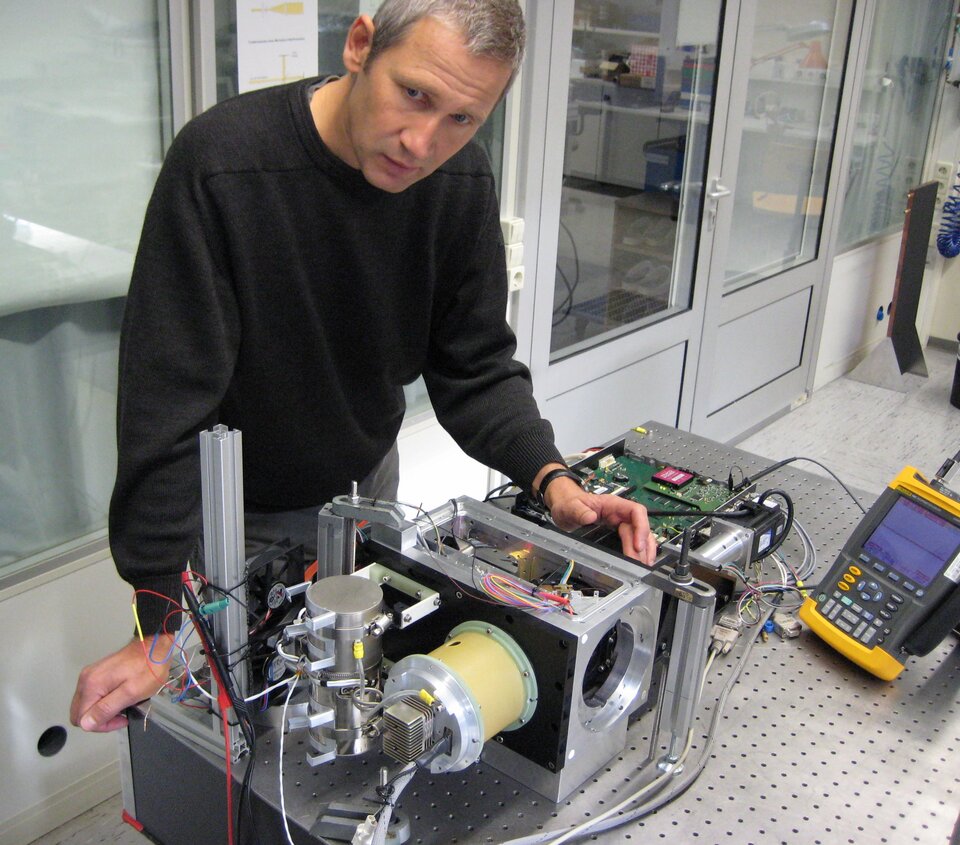
The campaign took place over Darwin in Australia – the location being important because the tropics have been identified as a critical region for climate prediction since this is where greenhouse gases such as water vapour enter the stratosphere. Since there has been little emphasis in the past on measurements in the tropics there were few data from this region.
The campaign was also timed to take place during the pre-monsoon season when large convective thunder clouds develop every day. This meant that the specially developed airborne versions of the PREMIER instruments carried on the high-altitude planes could take readings of atmospheric gases as the clouds were forming. The results of the month-long campaign proved positive – demonstrating that the millimetre-wave instrument continues to take accurate measurements, even when the infrared instrument is hampered by cloud.
Moreover, a new prototype of the mission's infrared limb-sounder is currently being developed by the Karlsruhe and Jülich Research Centres in Germany. The instrument will be put to the test on the new German High Altitude and Long Range (HALO) research aircraft early next year. This modern high-altitude aircraft is being constructed specifically to advance atmospheric science.
As part of the development of the PREMIER concept, this future campaign will, for the first time, test the new imaging infrared instrument and will also serve to test all the subsystems and analysis techniques. In addition, there are also plans to develop a version of the millimetre-wave instrument that can be tested from a stratospheric balloon.


